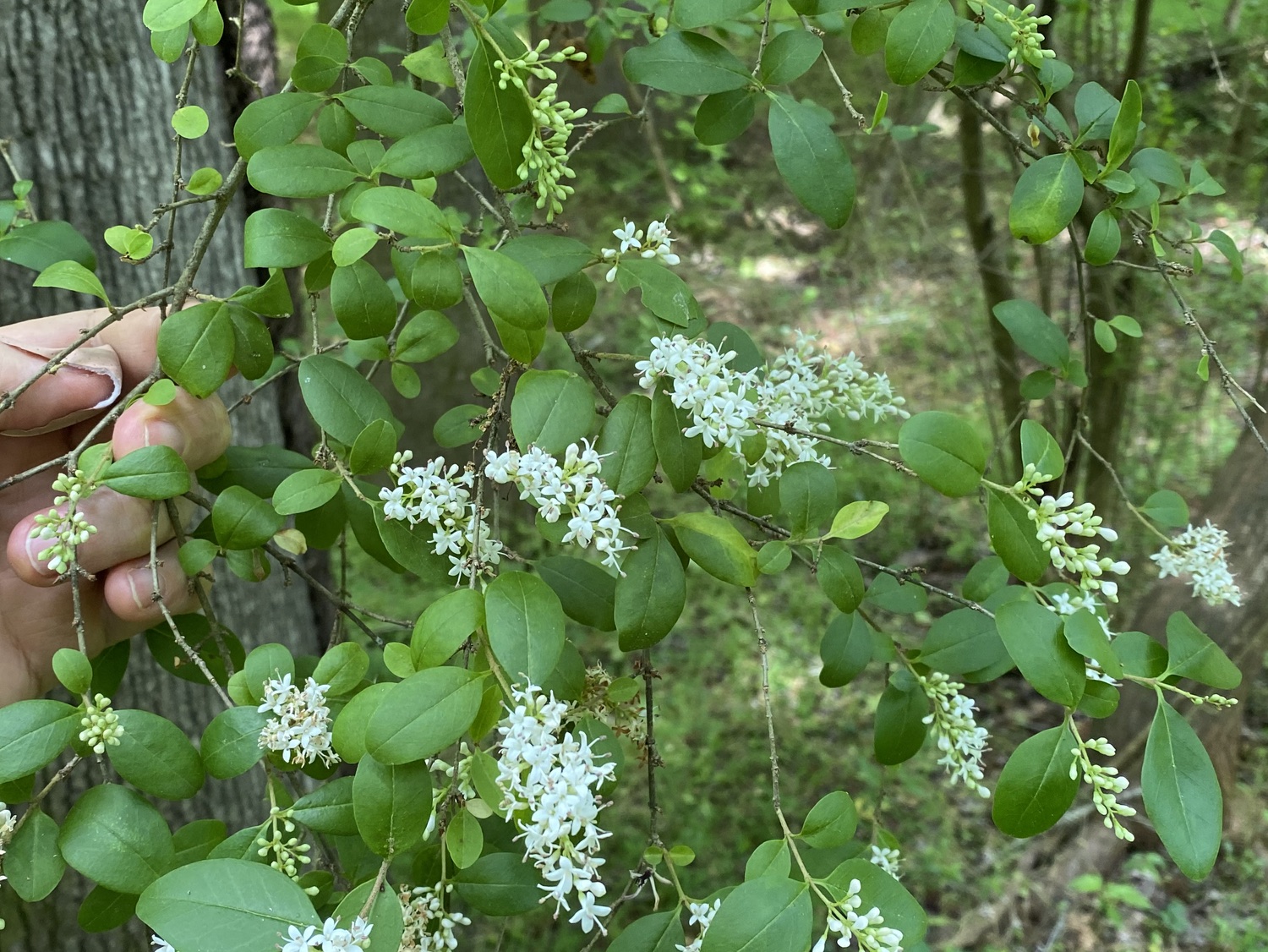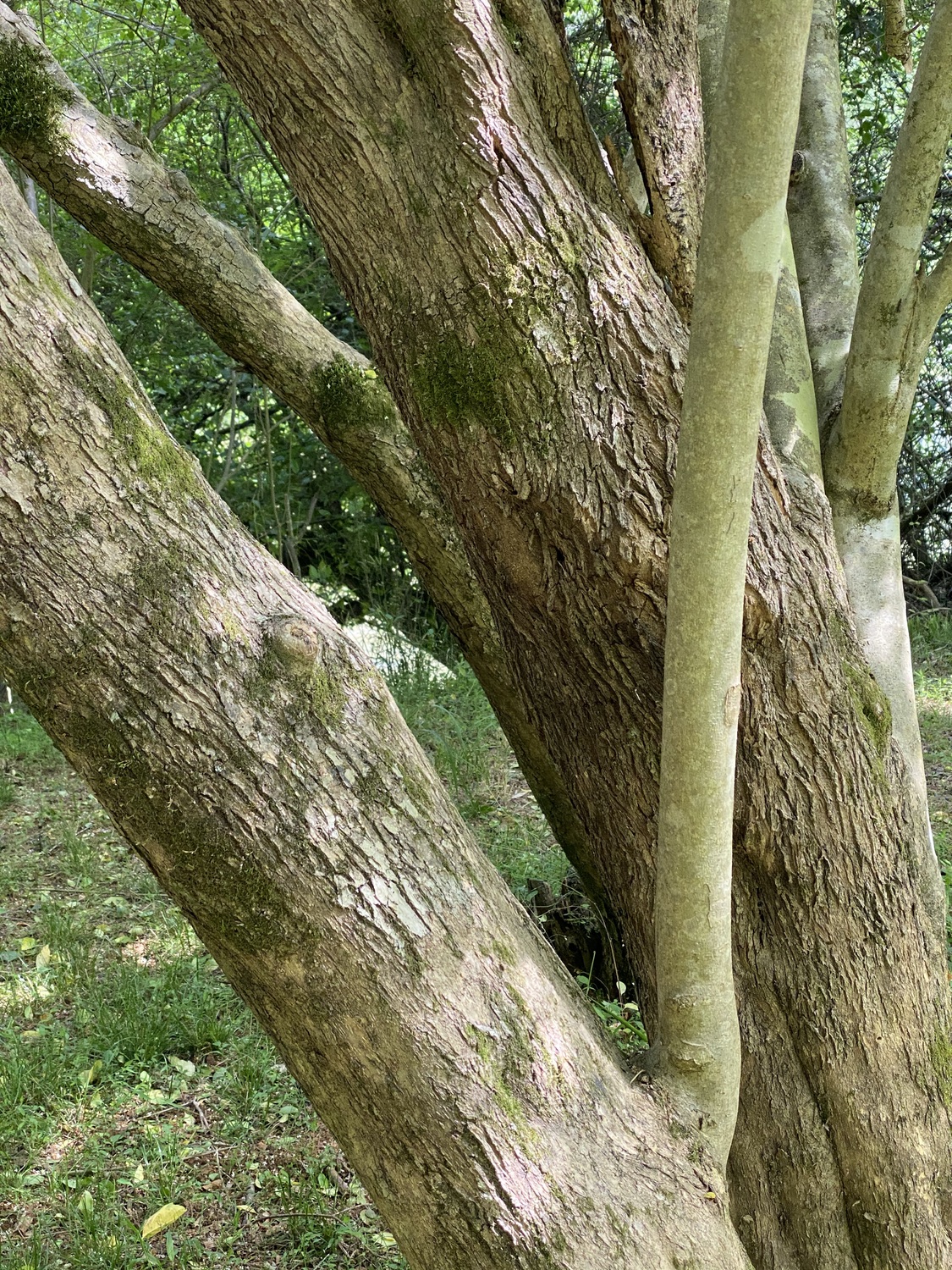TREES OF ATHENS: SIMPLE ENTIRE LEAVES
5/26/20
We have five common local trees with simple, non-palmate leaves that have smooth (non-toothed) margins: Black Tupelo, Flowering Dogwood, Osage Orange, Southern Magnolia, plus the non-native and highly invasive Chinese Privet. All of their leaves are distinctive.
Black Tupelo (Nyssa sylvatica, also called Blackgum). The leaves are dark green, somewhat waxy, and they tend to curl along their length. The bark consists of wide interweaving ridges. In the late fall, the tree produces numerous dark bluish-black berries.
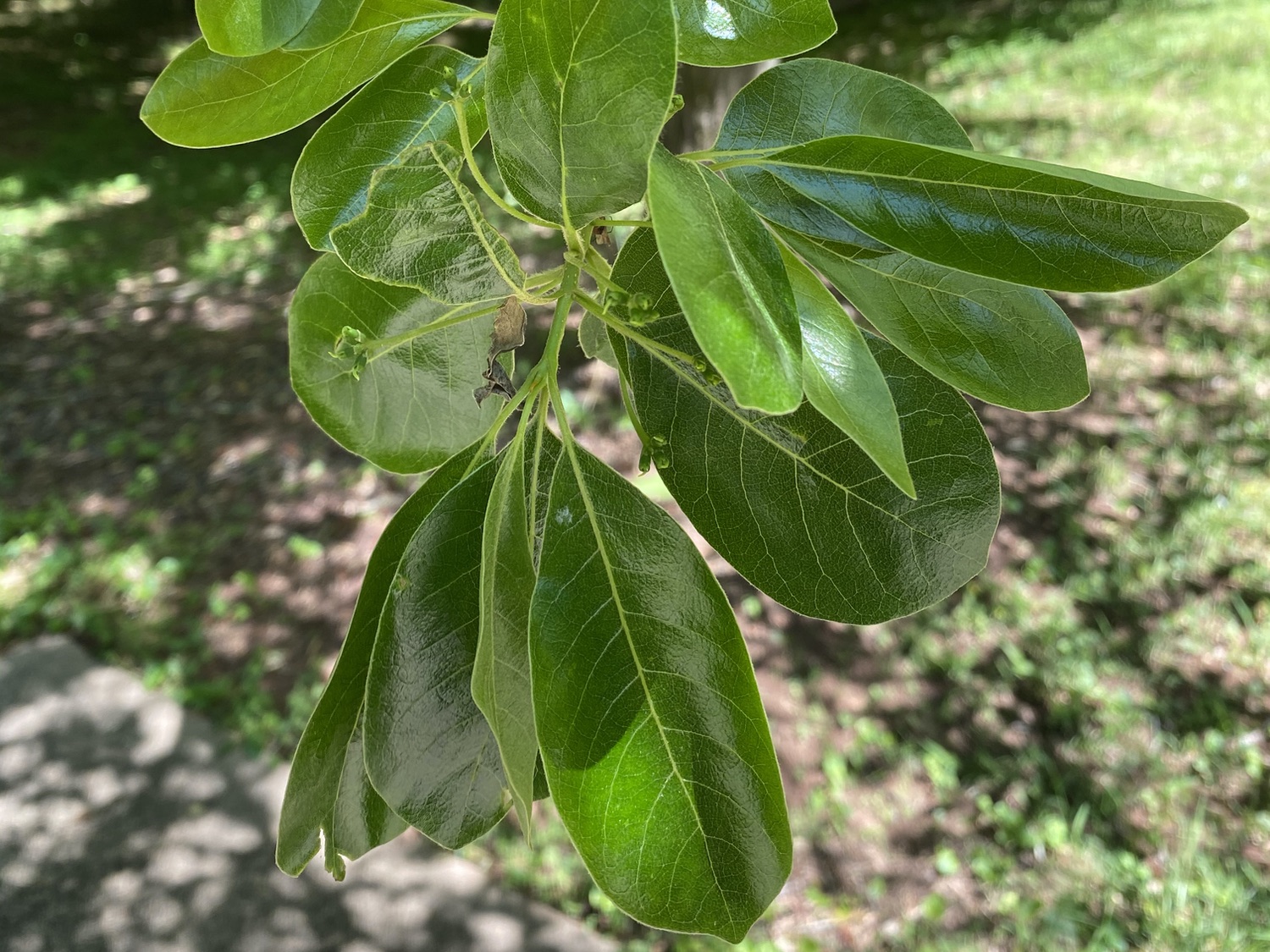
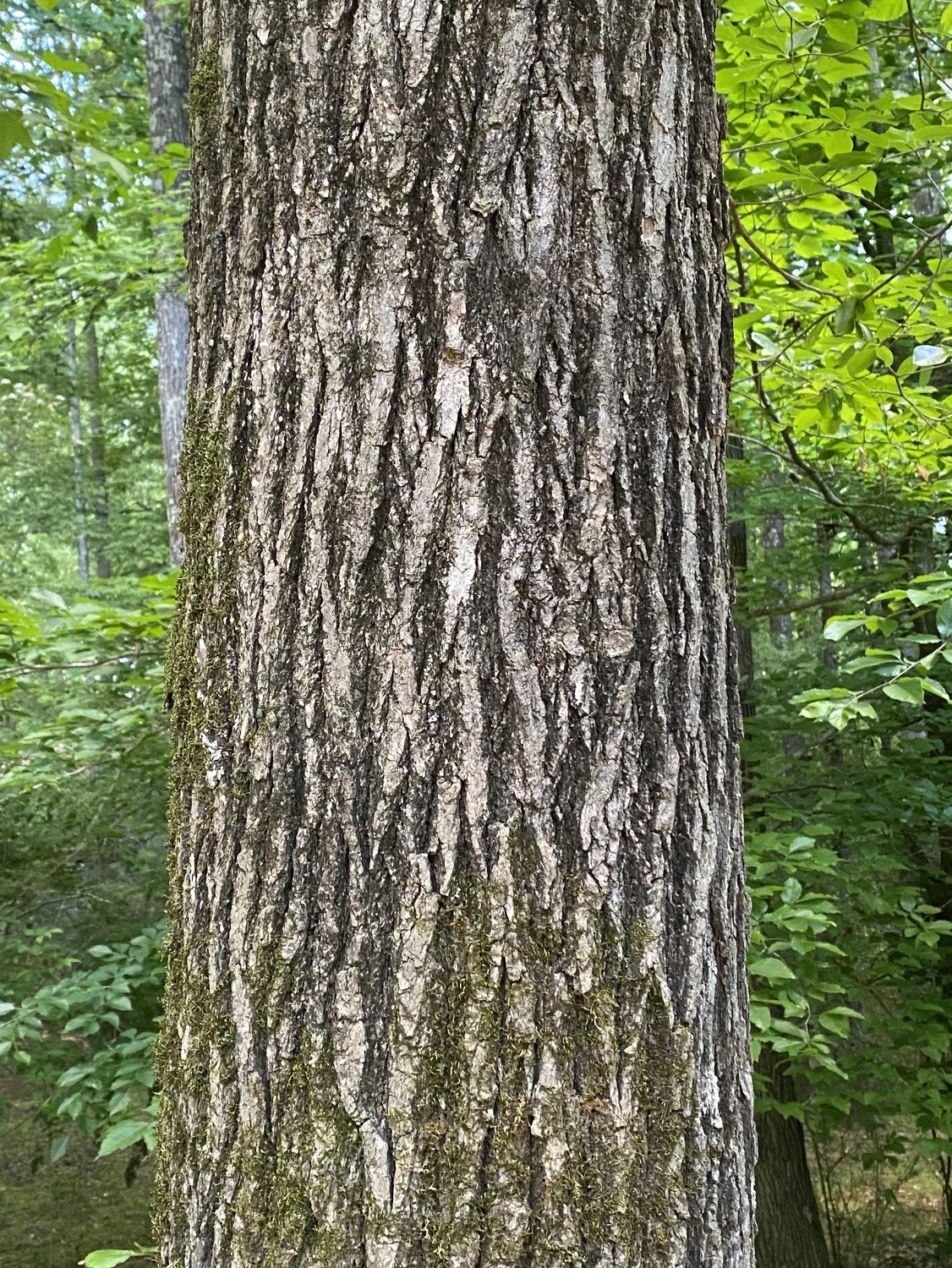
Flowering Dogwood (Cornus florida). Both the leaves and the bark of the Flowering Dogwood are distinctive. In the leaves, the veins run largely parallel to the edges of the leaves, unlike most other species whose veins run towards the edges. The bark is divided finely into square to rectangular segments. In late September to October, they produce bright red berries about 1 cm long.
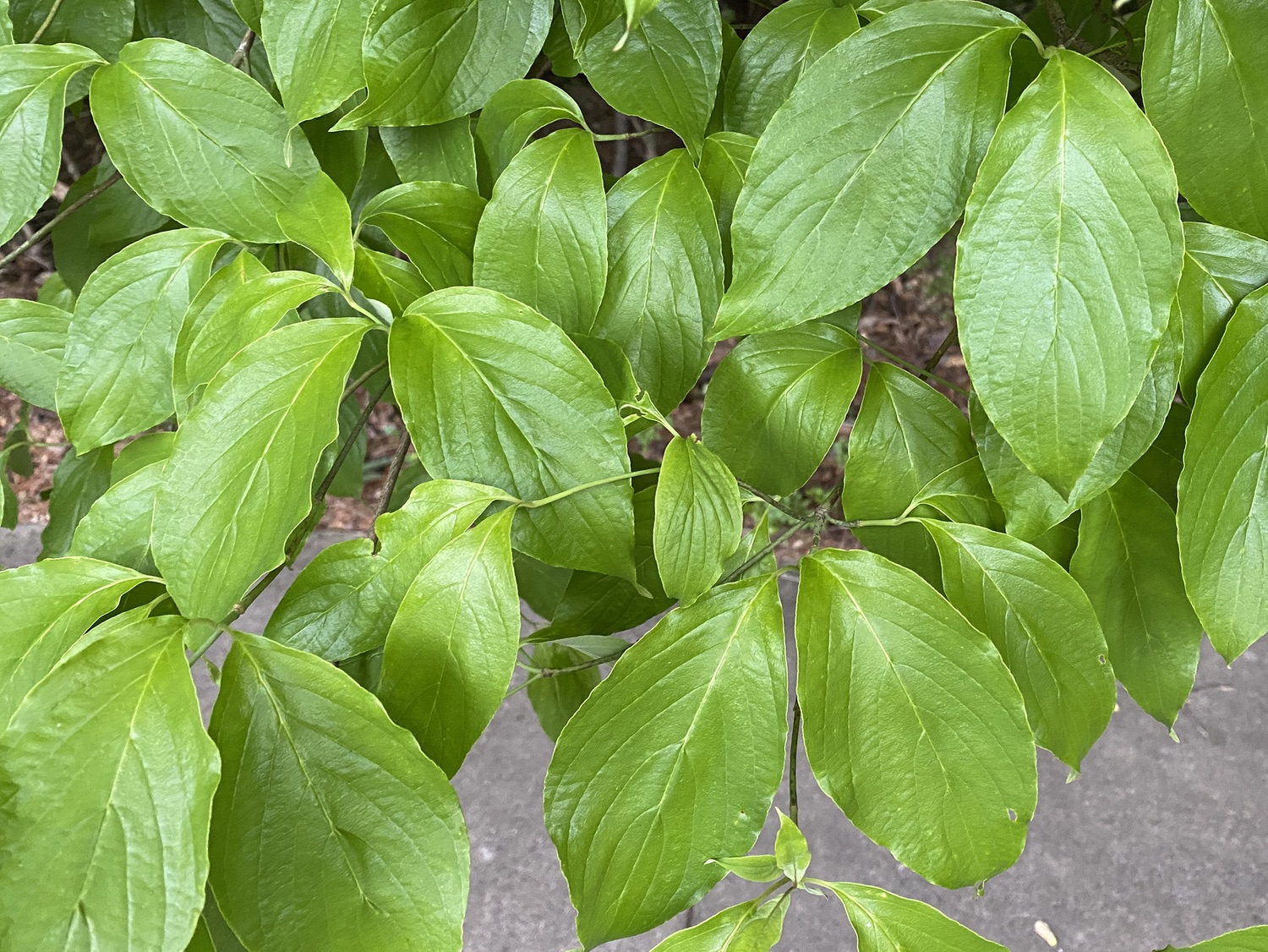
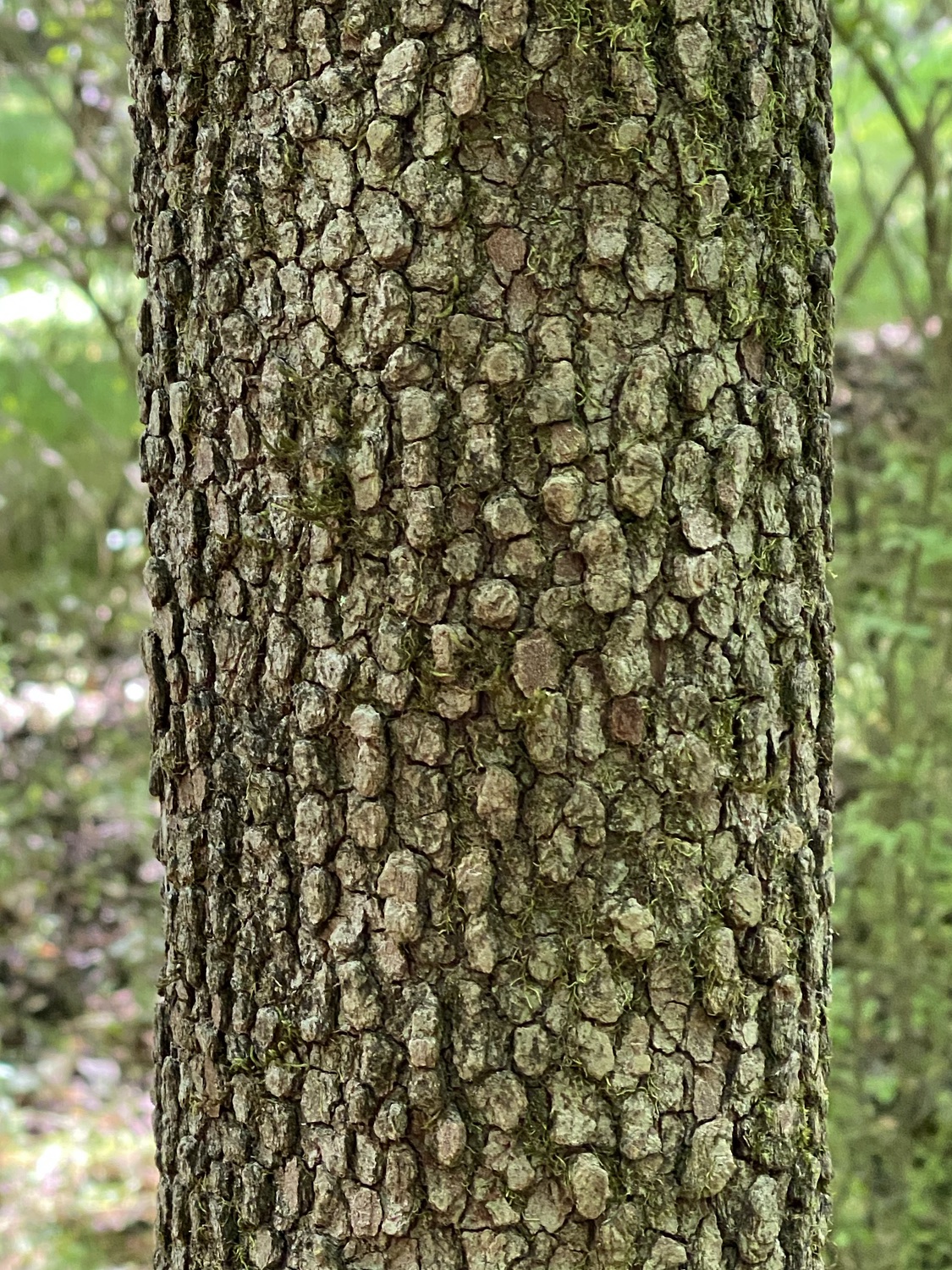
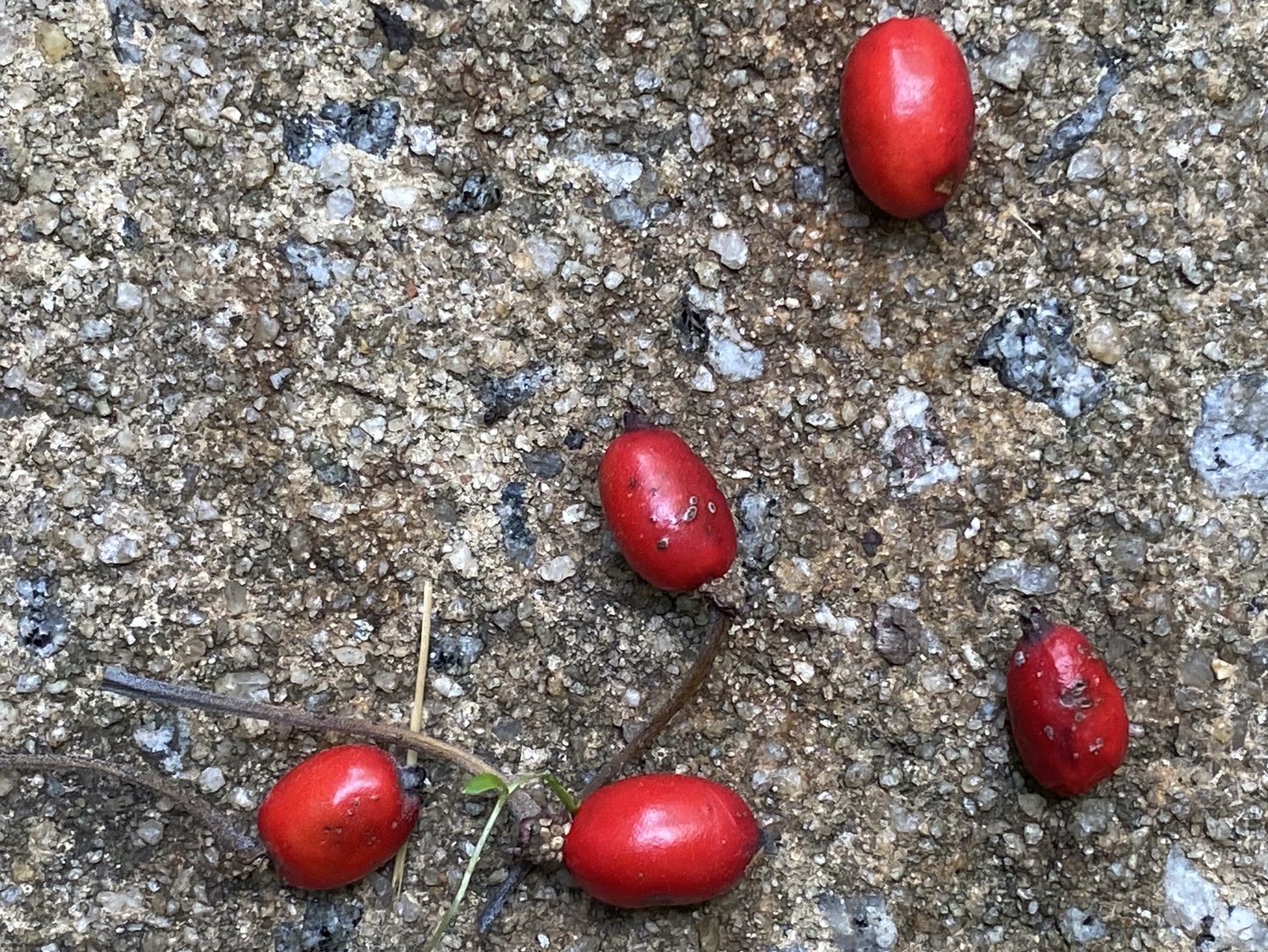
Osage Orange (Maclura pomifera). The leaves are alternate, fuzzy, elliptical, with very long tips. The bark is very coarsely ridged and faintly orange. In the summer, these produce pale green, warty, softball-sized fruits.
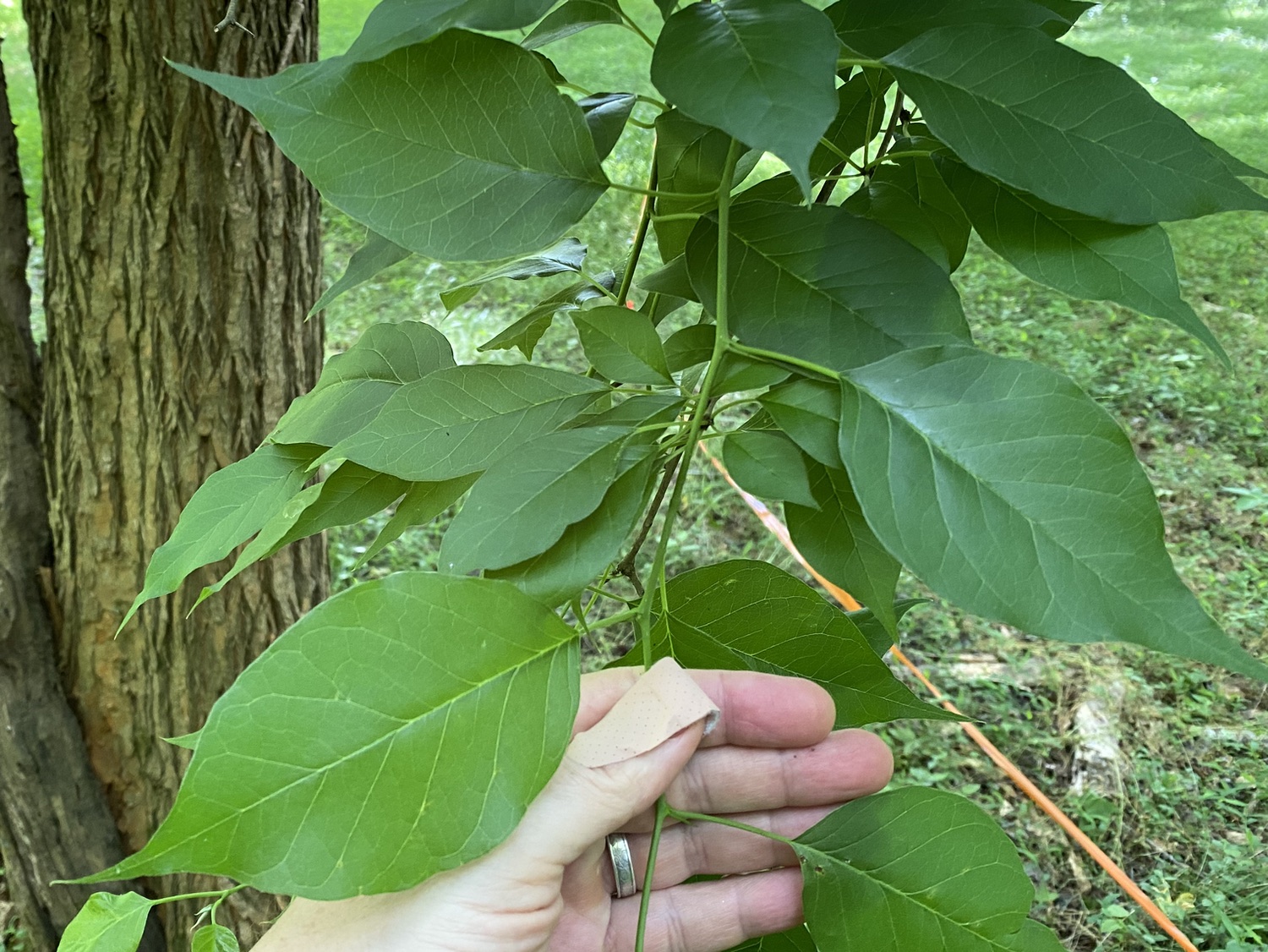

Southern Magnolia (Magnolia grandiflora). The 6–7" leaves are stiff, glossy, and dark green, with a pale green to rusty underside. The Southern Magnolia produces large white flowers up to 8" across. The bark is often hard to see, since the trunk is enveloped by leaves, but it is relatively smooth with small lenticels.
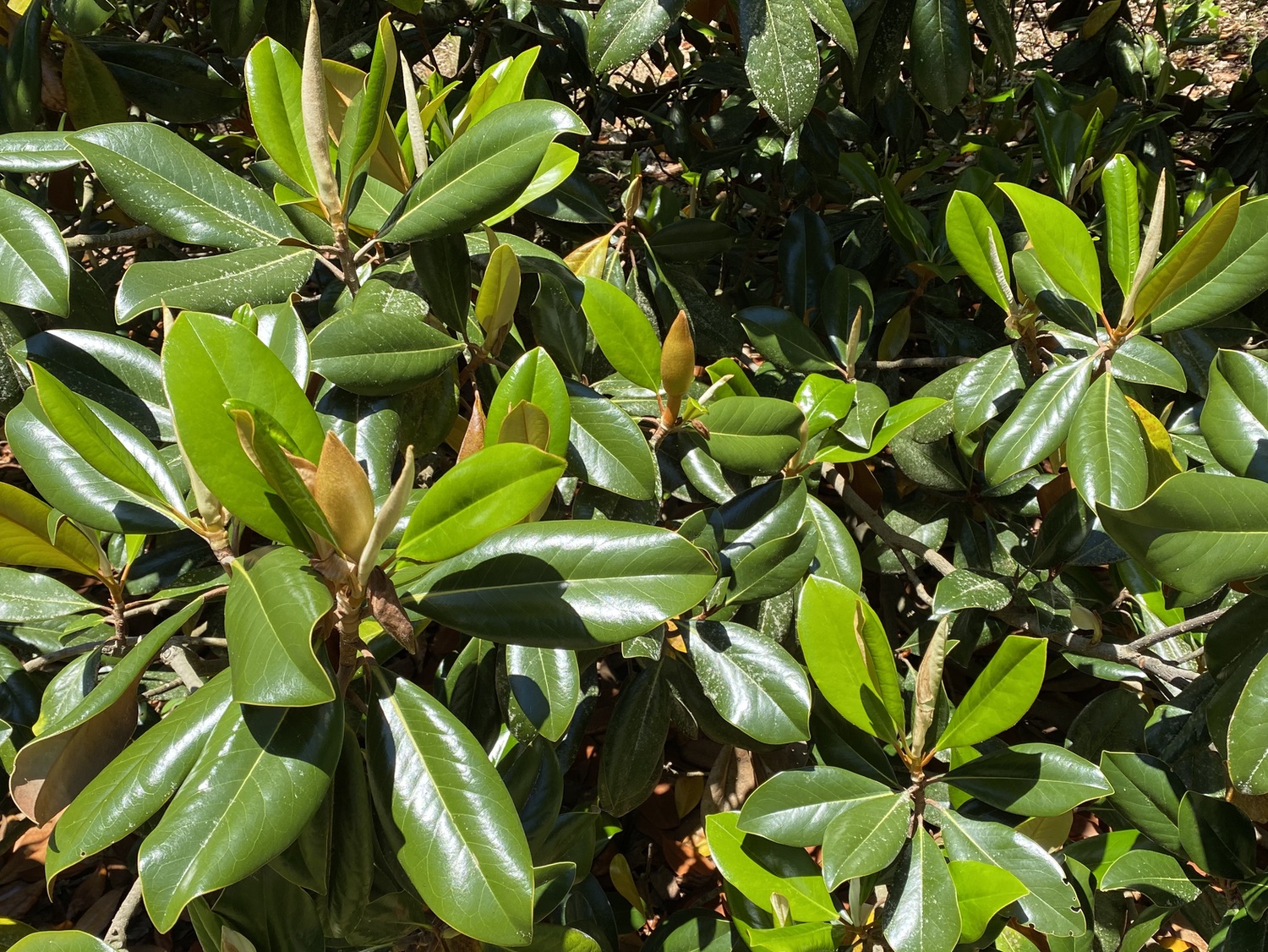
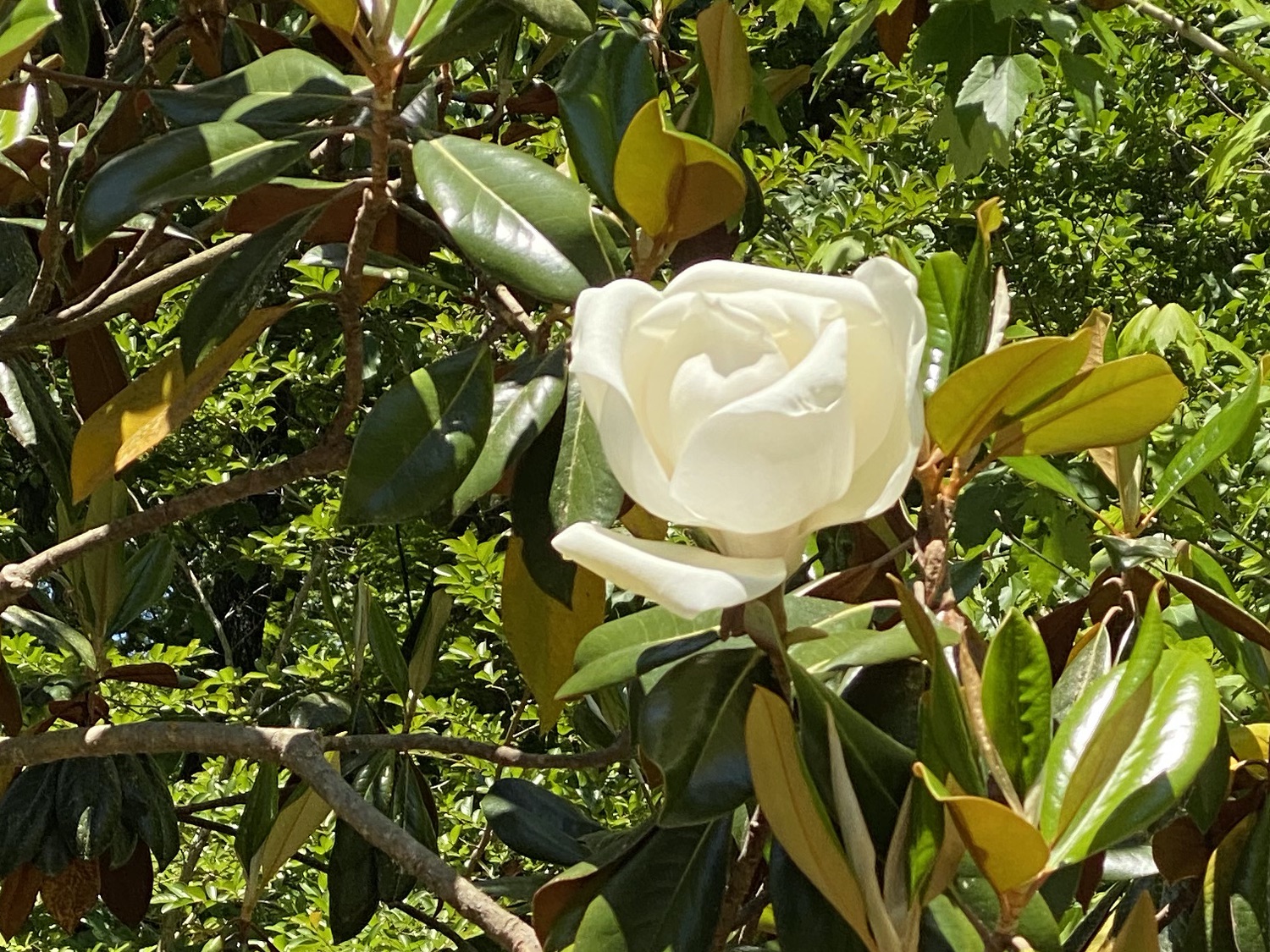
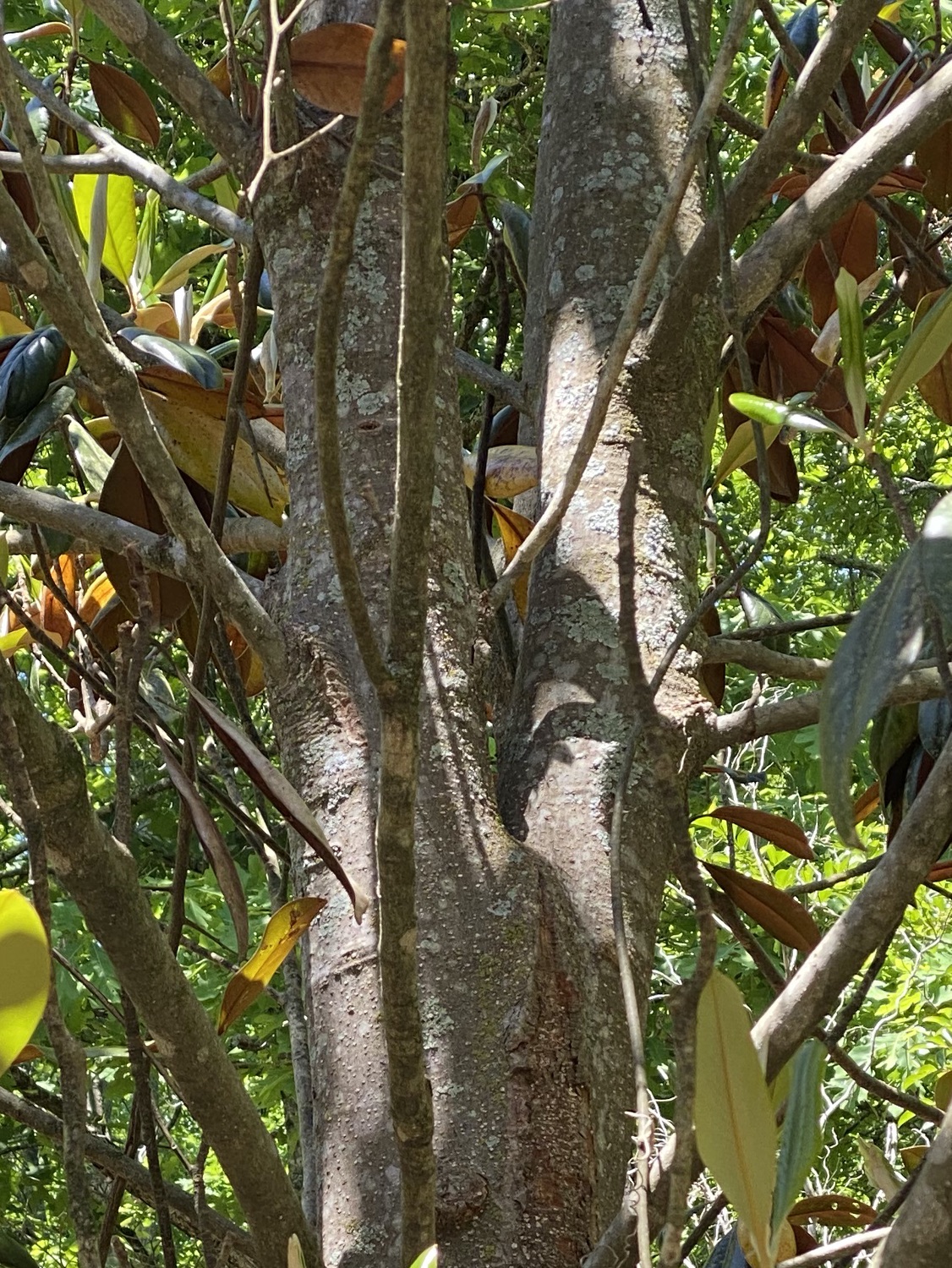
Chinese Privet (Ligustrum sinense). Chinese Privet is often a shrub, but it can grow into a medium-sized tree. It has small elliptical leaves that are an inch or two long. They are kept through the winter, making Chinese Privet an evergreen. The new bark is very smooth, much like a beech, but the older bark is quite rough. Chinese Privet is covered in small white blooms in late April to early May. These produce to numerous small dark berries, which the birds eat and spread everywhere. These berries are toxic to humans.
